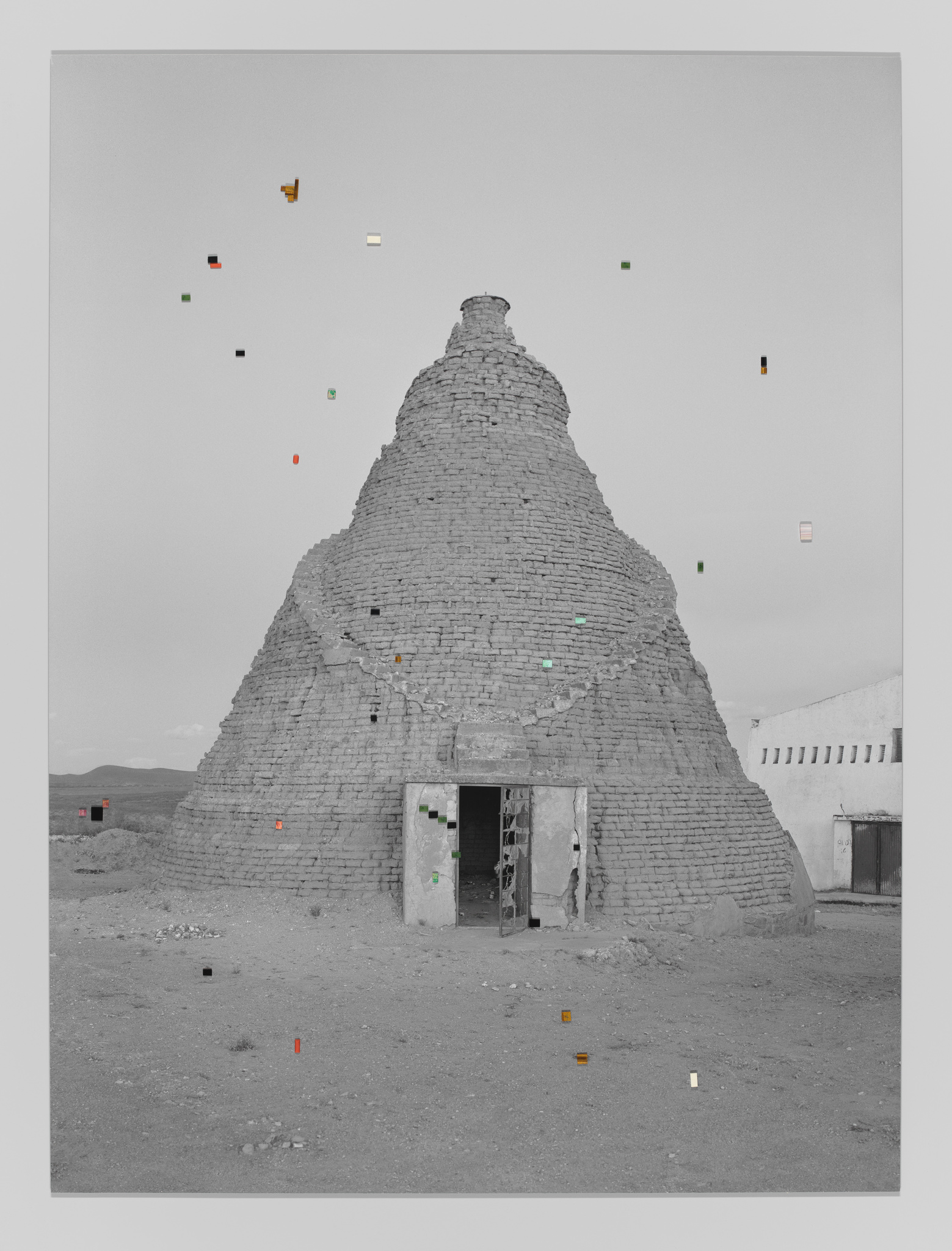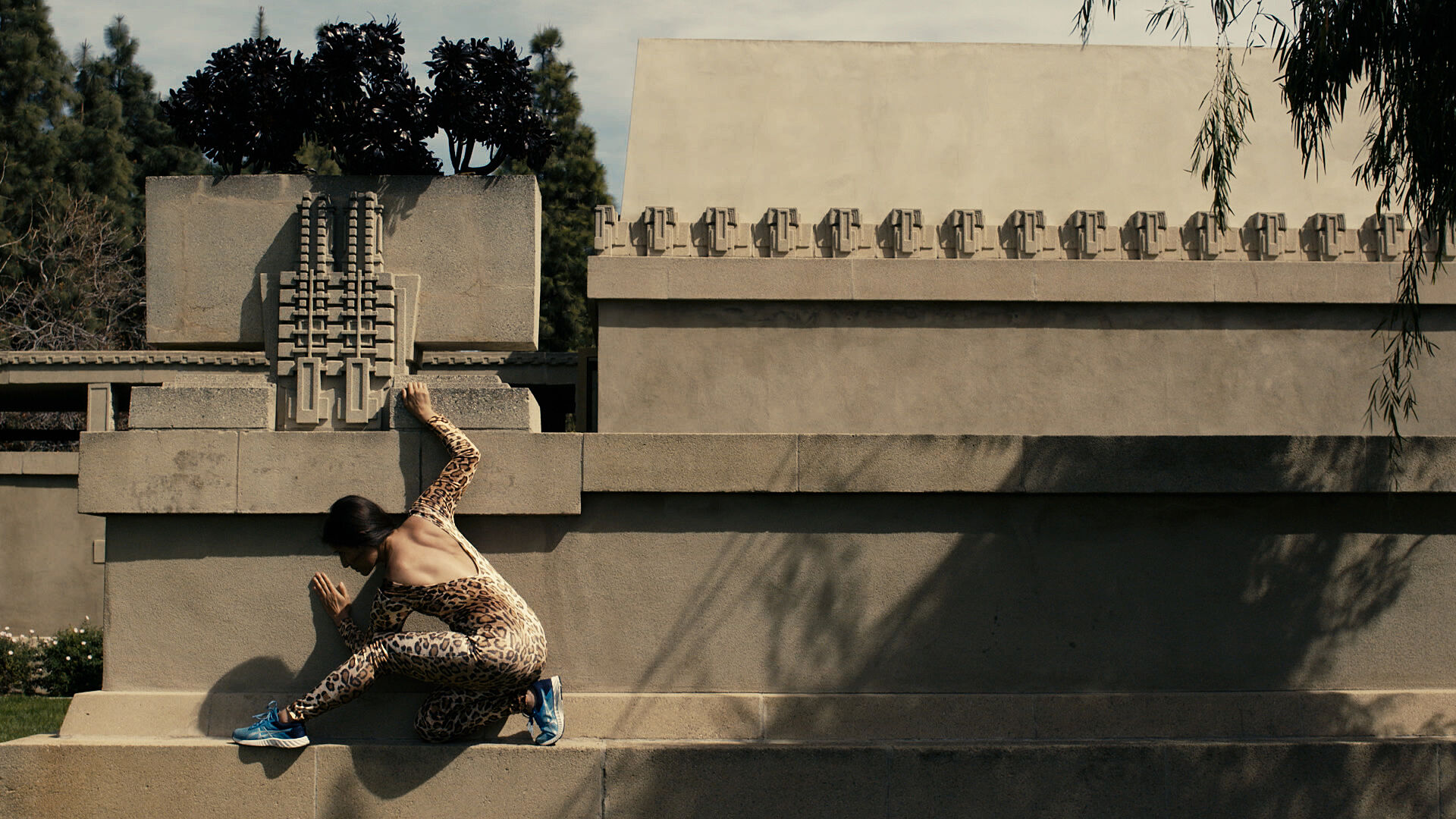Livia Corona Benjamin
July 3, 2018
0:00
Livia Corona Benjamin
0:00
Livia Corona Benjamin: The buildings that we see in the photographs are conical shaped, as you can see. They were meant to be grain storage silos. There were 4,500 of them, approximately, all built from a single architectural plan, designed by late modernist architect Pedro Ramírez Vázquez.
Narrator: The silos were built across Mexico to be used by collectives of independent farmers. After the North American Free Trade Agreement went into effect in 1994, industrial agriculture practices from the North devastated these small farming communities. The majority of the silos fell into disuse—and to date stand empty. They are located in once-thriving rural areas now abandoned by laborers who’ve migrated north in search of work. Take a look at the diagrams underneath the large black-and-white photographs. These consider the challenges of reanimating infrastructure and architecture when there is very little community or economy to support it. The photographs also suggest the passage of time and shifts in power.
Livia Corona Benjamin: The photos allude to the aesthetic choice of printing in black and white silver gelatin prints, using techniques that are no longer common—it's a stubborn choice at this point. There's something about the way in which they appear that deliberately accentuates an era that has gone by. It plays too with the early twentieth century way of documenting pre-Hispanic ruins in situ.
It brings one to imagine these buildings to be of a bygone era, where the governmental support for these communities was eliminated to make way for a new type of colonization—in this case, colonization from north to south, rather than from Europe to the Americas.


